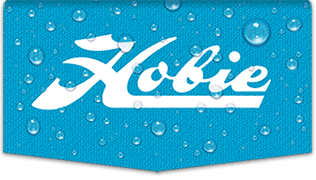The Mirage Drive will do a few things that aren't in the operator's manual. In part 1 of this series, we look at shallow water operation. It's unique in that the Mirage Drive / MD 180 is the only pedal system that can operate in skinny waters. How shallow? About 12" with the Revolution series and 14" with the Outback.
The first thing to get comfortable with is the "flutter" stroke. As the following composite pic shows, this is where the fins are operated within a small arc next to the hull:

There are two types of flutter stroke. The basic flutter is where one foot is extended all the way forward and the other foot is kept close; you move the fins mostly with your ankles. It's quick to employ but tiring after awhile. With the advanced flutter, one pedal is adjusted all the way forward and the other moved back a couple of notches (depending on leg length). It takes a moment to set up, but is much more comfortable for extended use. The following picture shows the basic flutter on the right side and the advanced flutter on the left. Notice the difference in the pedal positions, given that the fins, in both cases, are in a horizontal position. Also, look closely at the drums on the left side.

The other thing we need to do is enable the rudder to operate in shallow water without dragging. My solution is to buy and extra sailing rudder for about $30 and shorten it so it's a little shorter than the small rudder. While shorter, it has much better authority than the small rudder -- in fact, pretty darned close to the large rudder:


In order to determine the actual depth I marked the paddle blade and used it as a depth finder so to speak.

Put it all together and you can put right along. In the next picture, the fins are licking the bottom using the "Phat Albert" rudder and the advanced flutter stroke. Nothing like some roiled black mud to witness your strokes!

Here's a small gallery of some of the cool adventures you might encounter:



The Mirage Drive is made for this -- don't hesitate to take advantage of it if you have the opportunity!
What about sub surface hazards? Sounds like an excellent topic for part 2.















